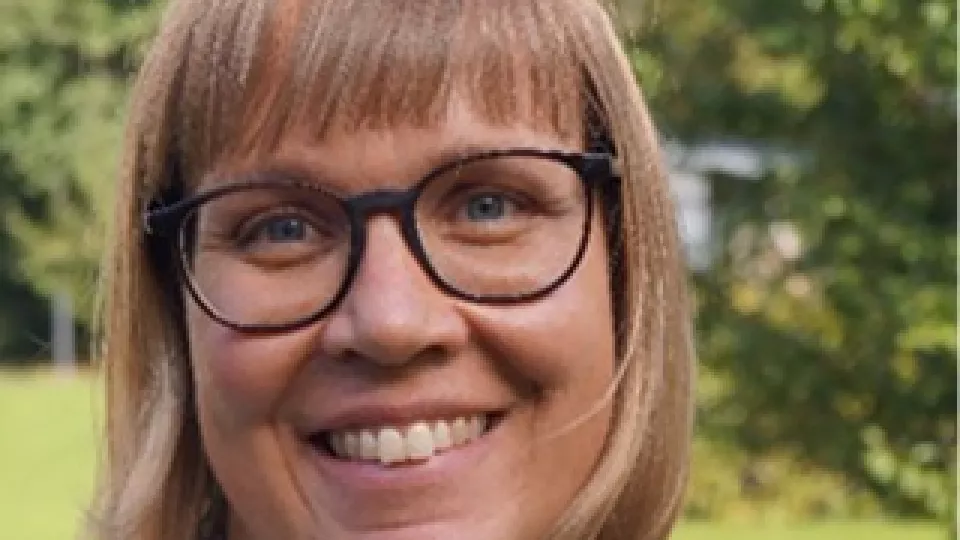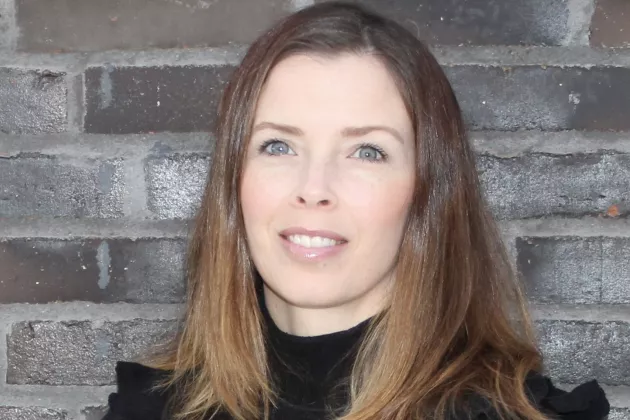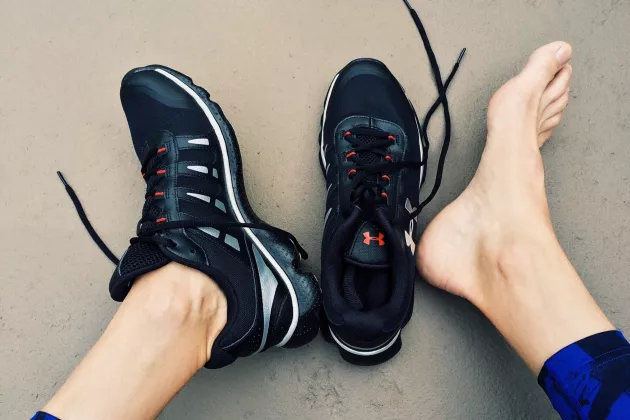If you haven't read the first part yet you'll find it here (link opens in a new tab).
When the osteoarthritis education program was initially established, there was a common framework that was more or less similar across many locations in the country. However, over the years, it has likely been adapted to suit the needs of different units and the available resources at each place. Thérése and Elin share their insights on how it is still structured in many places.The program often begins with patient education, consisting of 2-3 theory sessions. These sessions typically cover information about what osteoarthritis is, why it occurs, whether it’s acceptable to exercise despite knee or hip pain, how to lead a good life with osteoarthritis, and guidance on exercise and physical activity. Occasionally, another professional, such as an occupational therapist or dietitian, may also lead a theory session. During these sessions, an “osteoarthritis informant” often participates—a person who lives with osteoarthritis and shares their experiences and best tips for managing the condition.
The goal of these theory sessions is to empower patients in understanding their own illness. By learning how to handle various situations that may arise and understanding what is acceptable or not in terms of pain, patients become more self-aware. Well-informed patients are less likely to rely solely on healthcare providers for answers, as they have a good understanding of their condition. Given that osteoarthritis is a chronic condition, learning to live with it and managing daily life effectively are crucial. Staying physically active remains important as well.
Thérése and Elin mention that patient education can be challenging because patients may be at different levels, both in terms of knowledge and physical training. Some patients may not exercise at all and attend the program for inspiration to start, while others may overtrain and need help finding a balance between activity, alternative exercises, and rest.
As part of the basic treatment for osteoarthritis, physical activity and exercise are included. This can be done individually or in groups. Group training often occurs twice a week for 6-8 weeks after patients have participated in patient education, although this can vary by location. Some places start training even before patient education begins. At the healthcare center where Elin works, station-based group training is offered twice a week for 6 weeks for those who wish to participate. However, it’s challenging to generalize about other locations. According to the guidelines from the National Board of Health and Welfare (Socialstyrelsen), there should be at least 10 supervised exercise sessions led by a physiotherapist. The initial supervised training is essential because it’s common for knee or hip pain to increase when starting an exercise program, but this usually decreases after 5-6 weeks. Having the support of a physiotherapist during this period can be beneficial.
After completing the osteoarthritis education program, follow-up is essential, although the specifics can vary from region to region and even within regions.
As mentioned earlier, osteoarthritis education is available both digitally and in-person through regional programs, although not all programs offer the exact same content. Private providers also offer osteoarthritis education, typically at a different cost than what regional programs provide.
In summary, osteoarthritis education may look different in various locations in Sweden, but it likely follows similar routines in many places. To participate in or get in touch with an osteoarthritis education program, you should contact your healthcare center for further assistance. If you’re interested in private alternatives, you can search for digital osteoarthritis education programs.
For more information about osteoarthritis education, you can visit the 1177 website (opens in a new window when you click the link). Select your own region at the top left to find information specific to your area. However, not all regions have their own information about osteoarthritis education.





